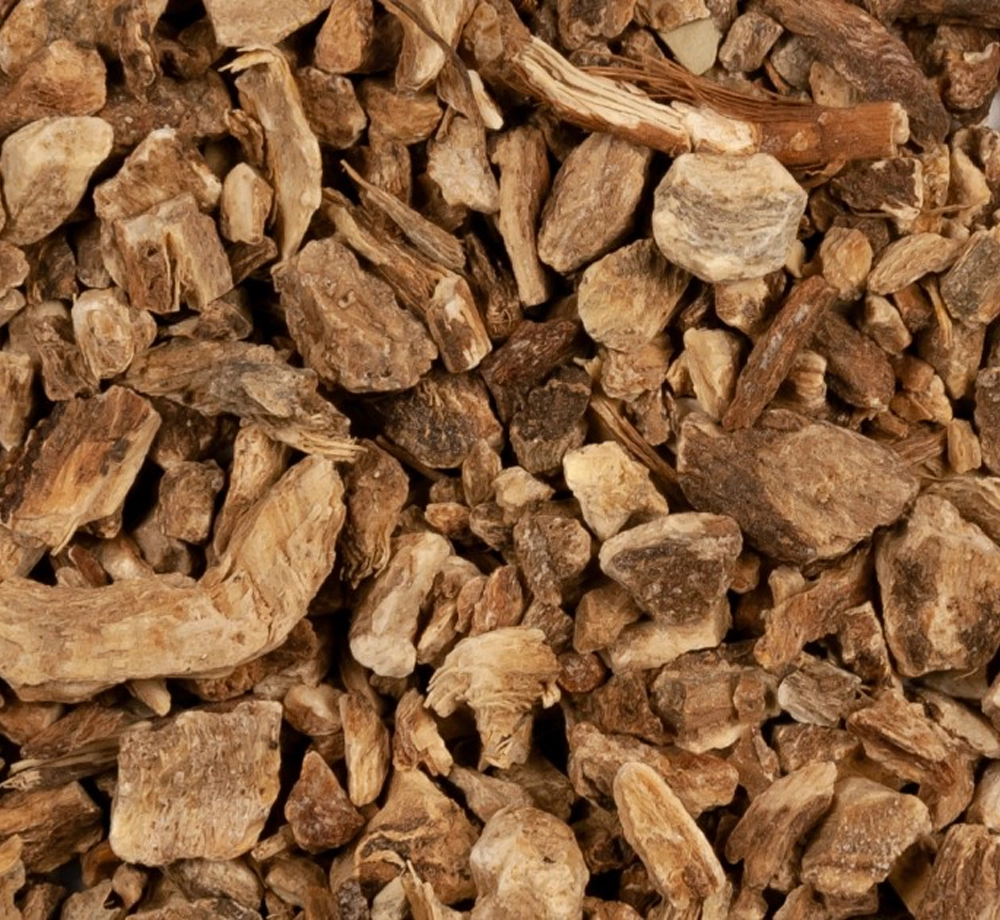Description
Egyptian Chamomile Herb
Chamomile, specifically referred to as “Egyptian Chamomile,” typically indicates a specific variety or source of chamomile that is grown in Egypt. The term is often used to distinguish chamomile that originates from Egypt, known for its quality and aromatic properties. Chamomile, in general, comes from the flowers of the chamomile plant, and it has been used for centuries for its potential medicinal and calming properties. Here are key points about chamomile, including the Egyptian variety:
Characteristics:
- Plant Species:
- Chamomile generally refers to two common species used for herbal applications: German chamomile (Matricaria chamomilla or Matricaria recutita) and Roman chamomile (Chamaemelum nobile). Both varieties are known for their small, daisy-like flowers.
- Flowers:
- The flowers of chamomile are the parts commonly used for herbal remedies. They have a bright yellow center surrounded by white petals.
Traditional Uses:
- Calming Properties:
- Chamomile is renowned for its calming and soothing properties. It has been traditionally used to promote relaxation and alleviate stress.
- Digestive Support:
- Chamomile tea is often consumed to aid digestion and relieve gastrointestinal discomfort. It is believed to have mild anti-inflammatory effects that can benefit the digestive system.
- Sleep Aid:
- Due to its calming effects, chamomile is often used as a natural remedy for promoting sleep and addressing mild insomnia.
Egyptian Chamomile:
- Quality and Aroma:
- Egyptian chamomile is recognized for its high quality and strong, sweet aroma. The climate and soil conditions in Egypt contribute to the cultivation of chamomile with desirable characteristics.
- Cultivation:
- Egyptian chamomile is often cultivated in the Nile Delta region, benefiting from the fertile soil and optimal growing conditions. The flowers are typically harvested when they are in full bloom.
Preparations:
- Chamomile Tea:
- Chamomile tea is a popular and simple preparation. Dried chamomile flowers are steeped in hot water to create a mild, aromatic infusion. It is often consumed before bedtime for its calming effects.
- Herbal Infusions:
- Chamomile can be used to create herbal infusions, sometimes combined with other herbs for specific purposes.
- Topical Applications:
- Chamomile extracts or infused oils may be used topically for various skin conditions. The herb is known for its gentle and soothing effects on the skin.
Cautions:
- Allergies:
- Individuals with allergies to plants in the Asteraceae family (such as ragweed, marigolds, and daisies) may be more likely to experience allergic reactions to chamomile.
- Pregnancy and Breastfeeding:
- Pregnant or breastfeeding individuals should consult with a healthcare professional before using chamomile supplements or extracts.
- Potential Interactions:
- Chamomile may interact with certain medications, including anticoagulants and sedatives. It’s advisable to consult with a healthcare provider if you are taking medications.
While chamomile is generally considered safe when consumed in moderation, it’s important to be aware of potential allergies and interactions, especially for individuals with specific health conditions. If you have concerns or questions, consulting with a healthcare professional is recommended.










Reviews
There are no reviews yet.